In autumn, the leaves fall off and the outer skin of the today onionin Sri Lanka becomes dry and crunchy, and the crop is usually harvested at this time.
If the bulb is left in the soil over winter, the growing point in the middle of the bulb will begin to grow in the spring and produce new leaves, and a long, thick, hollow stem will develop, tipped with a leaflet that protects the developing inflorescence.
Inflorescence with six white flowers forms an umbrella arrangement.
The seeds are shiny black and triangular in cross section.
It is believed that onions have been a source of food for thousands of years.
In Bronze Age habitats, signs of onion remains have been found along with dates and fig kernels dating back to 5,000 BC.
However, it is not clear whether these were planted onions.
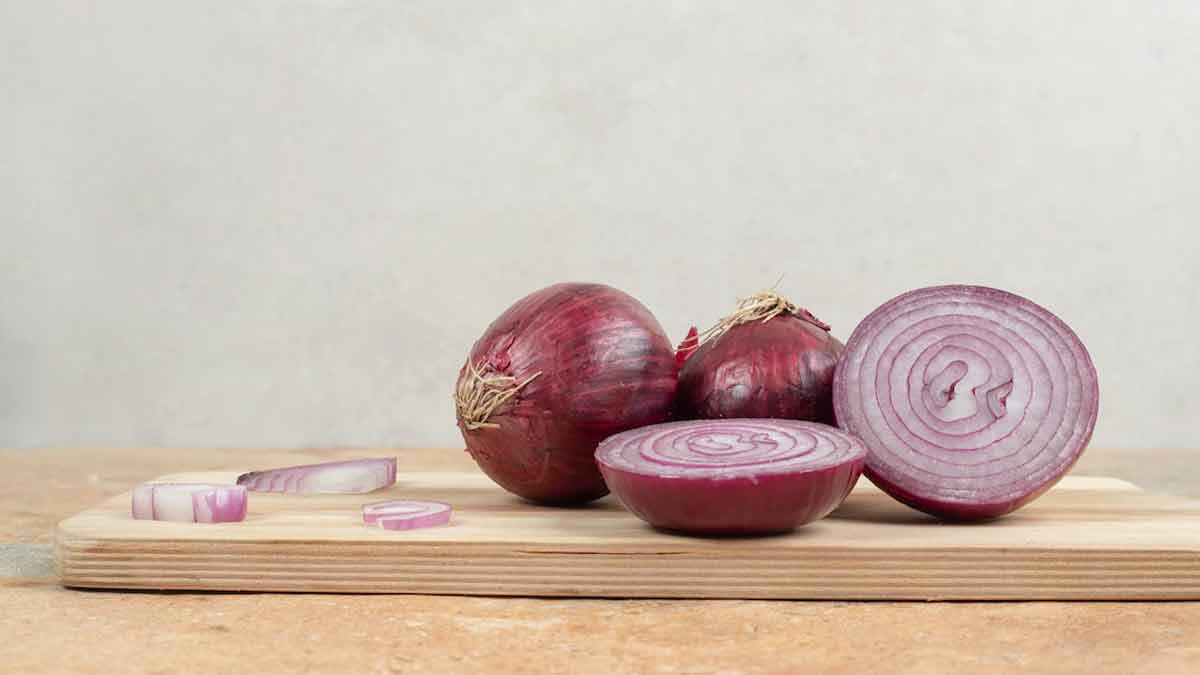
Archaeological and literary evidence such as the Book of Travels Numbers 5:11 states that onions were probably planted around 2000 years ago in ancient Egypt at the same time as leeks and garlic.
Probably, the workers who built the pyramids of Egypt ate radishes and onions.
Onion is easily propagated, transported and stored.
The ancient Egyptians worshiped it and believed that the spherical shape and concentric rings are a symbol of eternal life. Based on the signs of onion found in the tomb of Ramesses IV, onion was even used in Egyptian burials.
In ancient Greece, athletes ate a lot of onions.
Because they believed that it makes the blood balance easier and they also applied onions to the muscles of Roman gladiators to strengthen them.
In the Middle Ages, in Europe, onions were one of the Vegetables were the main food of rich and poor people and it was so important that people used it to pay rent and even as a wedding gift.
Also, onion was prescribed to treat headache, snake bite and hair loss.

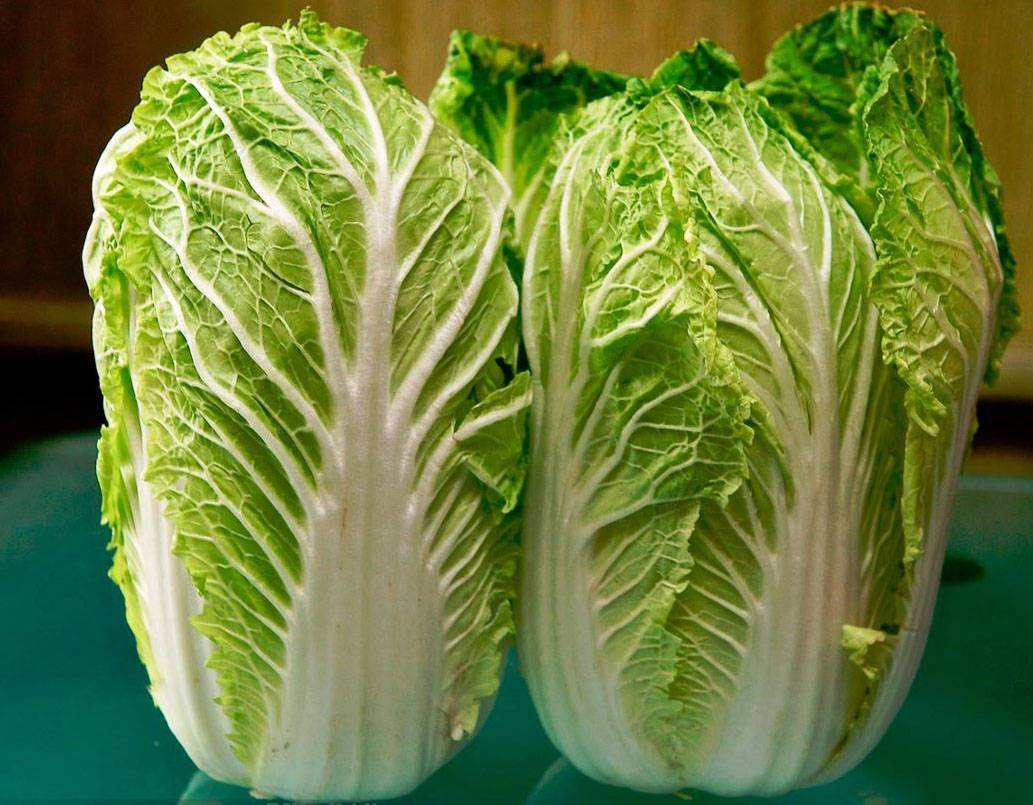
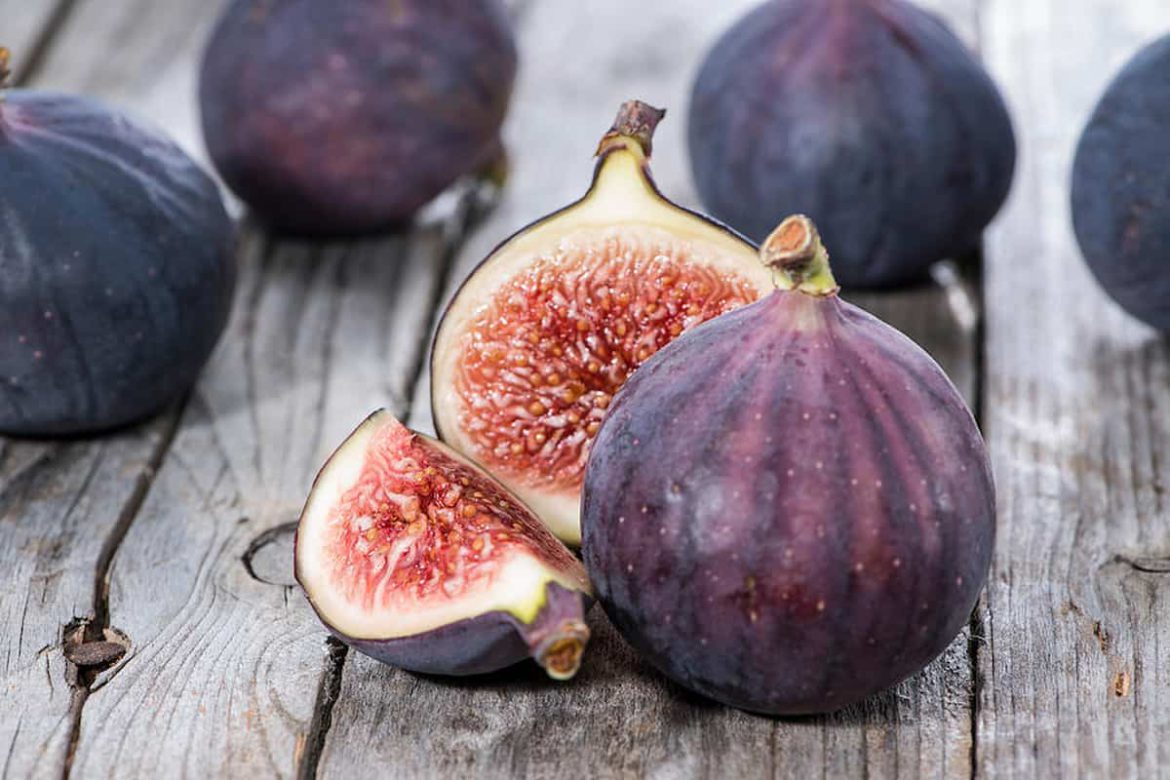
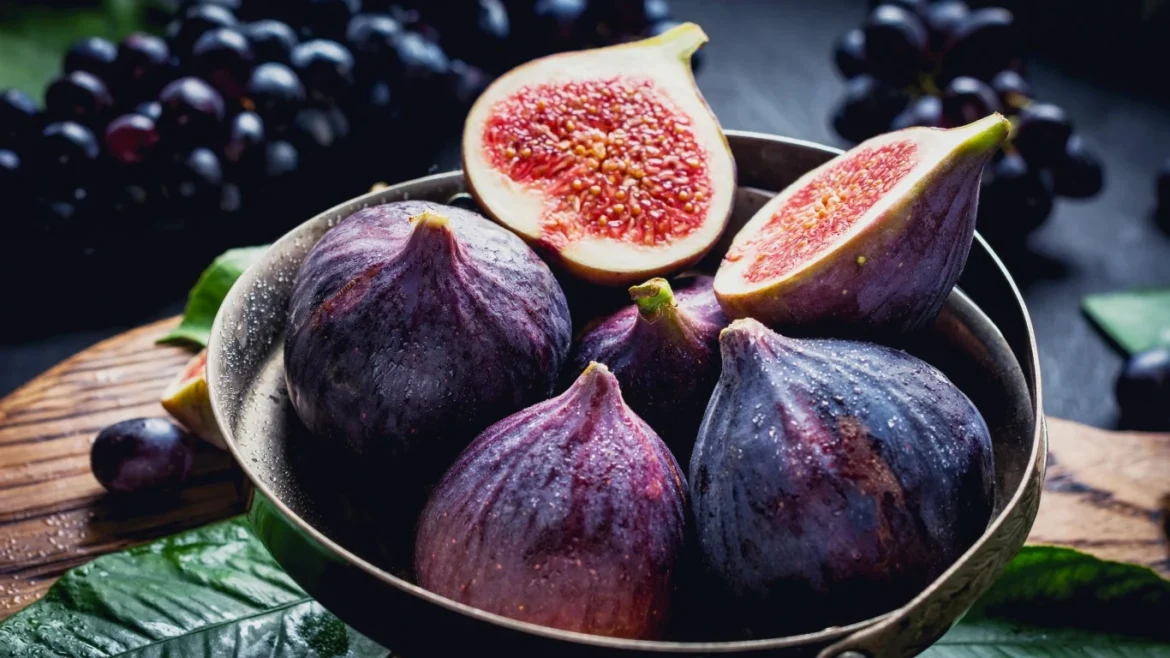



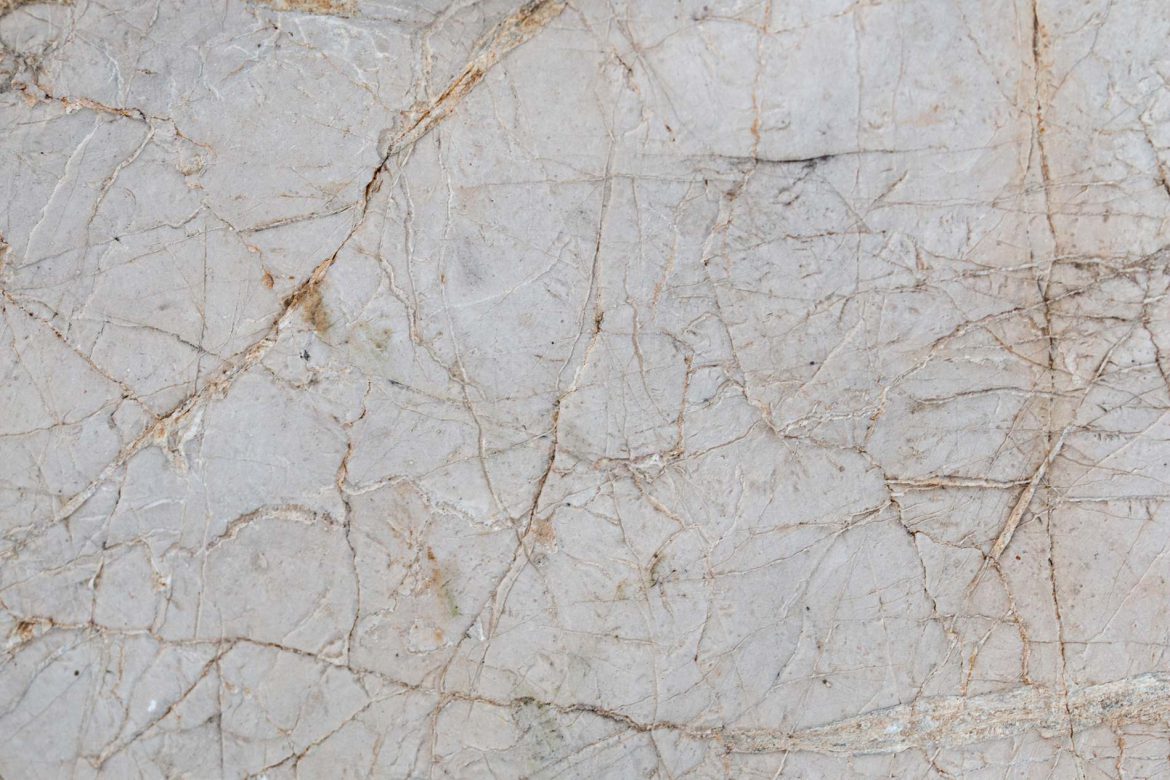
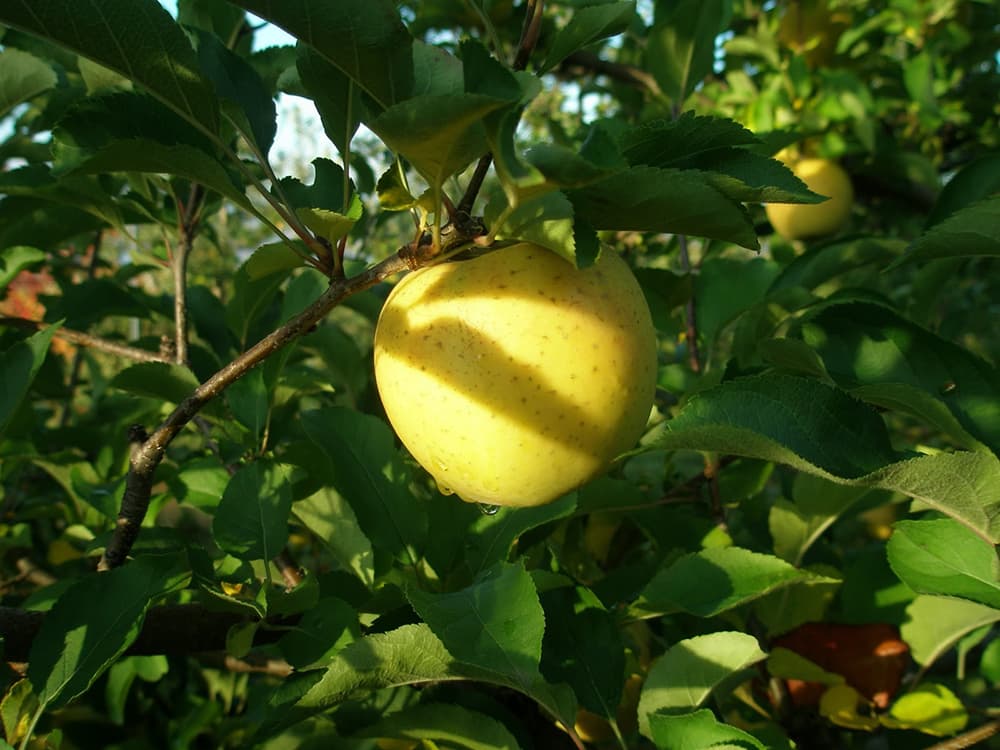


Your comment submitted.